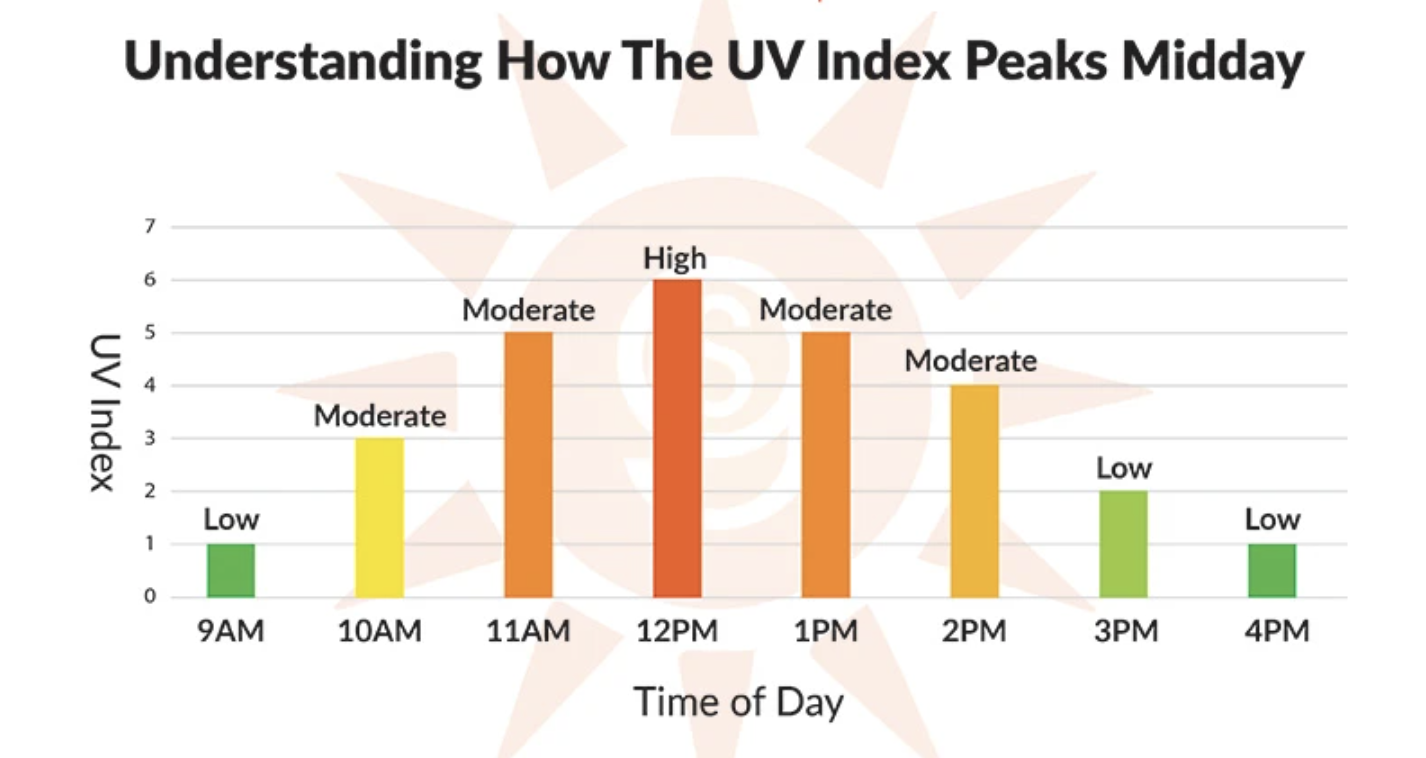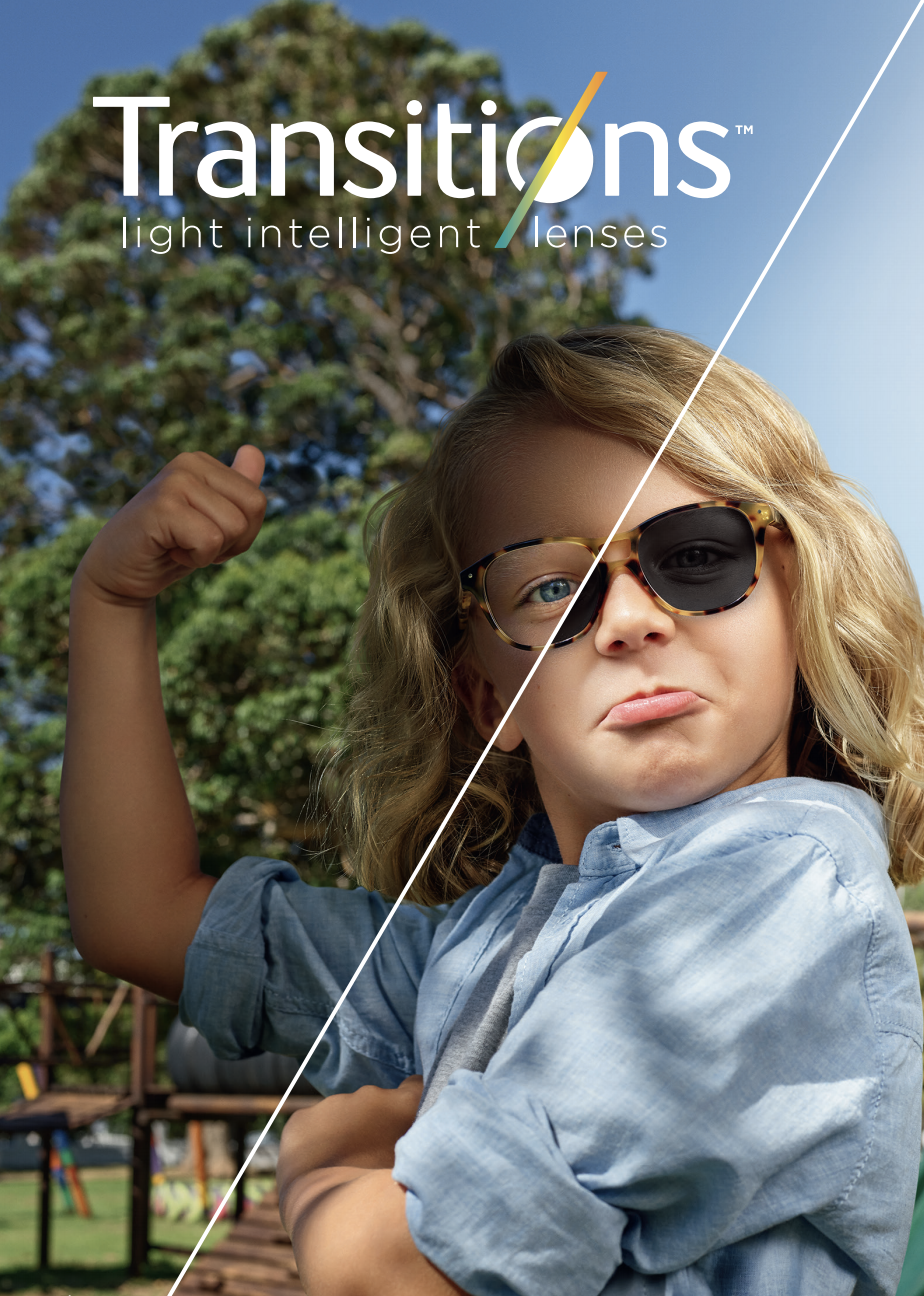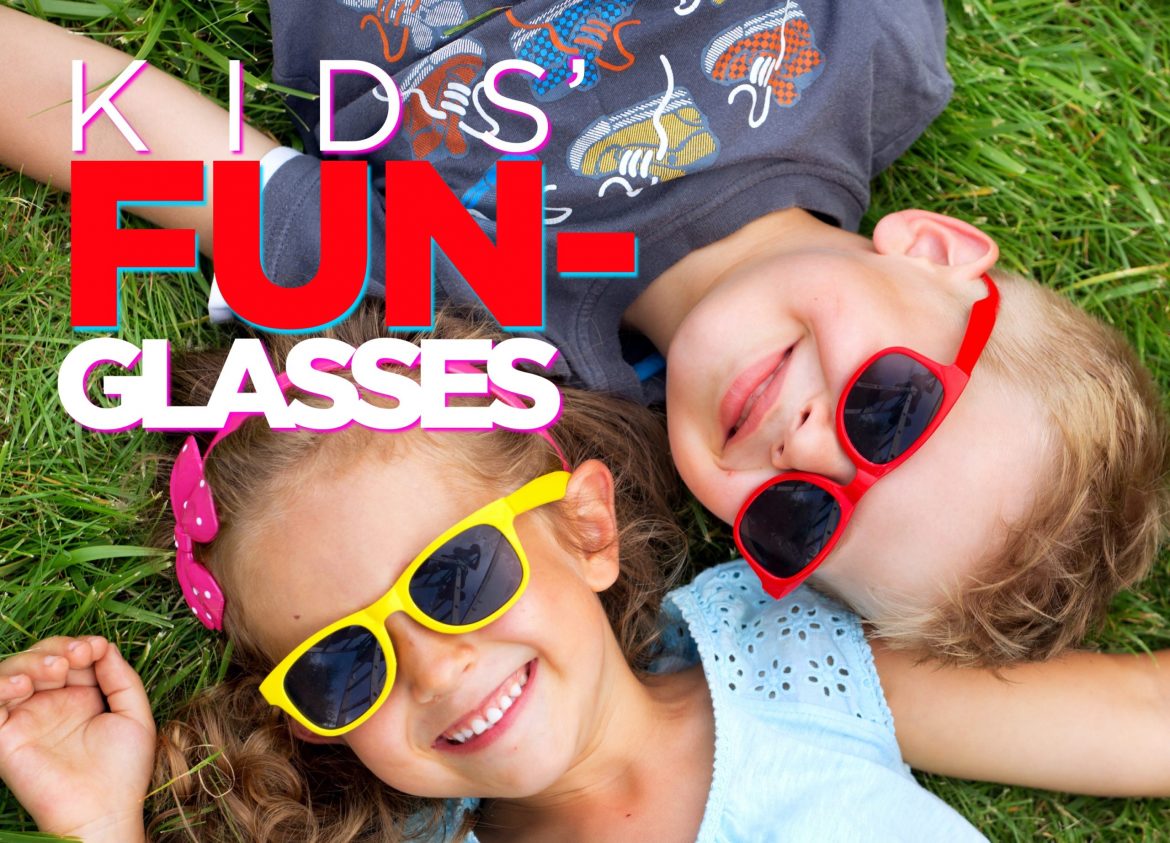![]()
The weather warms. Once again, the kids start spending even more time outdoors. UV rays are stronger in the spring and summer and so, your children’s exposure to damaging ultraviolet light (UV) light increases substantially.
Unfortunately, the need for eye protection for kids isn’t well understood. Perhaps it’s time to shed some light on this issue, examine the facts, and understand smart and healthy ways to respond.
Timing matters
Among the many misconceptions regarding the intensity of UV rays is the idea that exposure later in the day is less harmful. Not so.
In fact, the higher the sun moves in the sky, the more damaging its rays. UV rays are strongest between 10 a.m. and 2 p.m. Exposure can be reduced by as much as 60% by avoiding peak hours in the sun.

The intensity of UV radiation is the highest at Solar Noon, which is usually somewhere between noon and one when the sun is exactly at 90 degrees down to earth and highest in the sky, beating down directly at you
(Source: Sungrubbies)
Furthermore, the Skin Cancer Foundation warns parents that children under age 10 do not have fully developed eyes. Consequently, far more UV light penetrates the eyes compared to an adult. The eyelids and the skin around a child’s eyes—again, compared to an adult—are also more delicate and vulnerable.
The reality is, sunglasses provide important protection for eyes and the face.
Take a break at the beach?
Kids love the water, of course. But you shouldn’t mistake being in the water for being “out of the sun.” Your children are being exposed.
As reported by the World Health Organization, water reflects up to 100% of UV. While surf and white foam are the most reflective, even dry beach sand can reflect up to 18% of UV. It’s important youngsters wear sunglasses and a hat as much as they can at the beach and swim spots.
Safer in the city?
One myth regarding eye safety is that the sun’s rays are less of a danger if you live in the city.
The truth is that your children’s eyes are never protected outdoors. While UV rays may be less intense in the city, consider these facts:
- Any painted surface reflects UV light. Concrete reflects up to 12% of UV light and white outdoor paint up to 22%.
- Even grass is slightly reflective.
Curious? You can learn more about the UV index of reflective surfaces here.
Higher altitudes = higher exposure
Hiking in the mountains? That’s fun, but if you’re relying only on hats for protection, you’re really not protecting your kids’ eyes.
Exposure actually increases as you climb. You see, the higher you climb, the less atmosphere there is to absorb the rays. According to the World Health Organization, for every 1,000 meters, or 3,200 feet, you climb, the UV level increases by about 10%. At 8,000 feet, for example, UV radiation exposure is almost 20% more than at sea level.
What about the snow and the shade?

Don’t make the mistake of thinking your children don’t need sunglasses when it’s cloudy or snowy—or even when they’re in the shade.
- Up to 85% of UV is reflected by snow. This means that snow reflection can double overall UV exposure. In fact, it can even cause sunburned eyes—a condition called photokeratitis or snow blindness.
- 80% of UV rays pass through clouds, while some UV light (up to 17%) even gets through in the shade.
The reality of blue light
Concerned parents also worry about the effects of blue light and most attribute it to digital devices. The truth is, while the devices do emit blue light, the greatest source of blue light is the sun.
Be safe and buy smart
It’s true, obviously, kids need sunglasses.
So, make sure your children wear sunglasses whenever they’re outdoors, even for a short time. And keep a backup pair in the car so your entire family can have fun in the sun and stay safe.
Now… what if your child wears prescription glasses?
You have two excellent choices:
First, as you might do for yourself, simply consider purchasing prescription sunglasses for your child.
Second, consider Transitions lenses, which are offered at EZContacts…

According to the manufacturer, “Transitions lenses block 100% of UVA and UVB rays, and reduce painful glare, allowing children to see their best in any light condition. They help filter harmful blue light indoors and especially outdoors. Plus, they’re available in shatter and impact-resistant materials that are best for children.”
LEARN MORE ABOUT TRANSITIONS SIGNATURE GEN 8
SHOP DESIGNER BRAND CHILDREN’S SUNGLASSES


